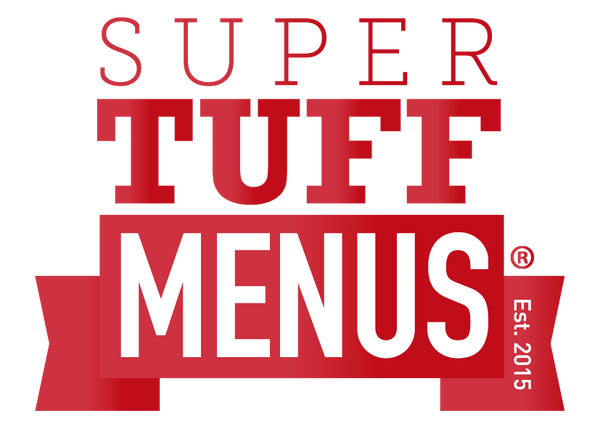Part 2.
Descriptions can be split into three parts, and you should usually present them in the following order:
1. The name of the dish
2. The ingredients
Start with the main ingredients, the bulk of the meal, the expensive ones! Your guests want to read as little as they can, so don’t forget they really just want to know what they’re getting. Don’t forget about allergens either.
3. The “sell copy”
This basically means the language whose primary purpose is to sell the dish.
This is Greg’s suggested order, think of it as 1 - 2 - 3
“Chicken Pot Pie - roast chicken, baby carrots, spring peas topped with Grandma’s flakey pie crust."
This feels like the natural order, right? However, to keep your menu from feeling dry and samey, you can reverse the order of the 2nd and 3rd parts and place the “sell copy” before your ingredients.
This is an the same menu item with the reversed order. 1 - 3 - 2
“Chicken Pot Pie - Grandma’s flakey pie crust filled with roast chicken, baby carrots and spring peas."
This is the basics. As we move on, you’ll learn how to optimise parts 1, 2 and 3.

Don’t force customers to read the description.
Here’s an example.
Instead of writing
"Joe’s Special”
which means nothing before adding the description, write
“Joe’s Lasagne Special”
If they don’t like lasagne, you wont waste their time.

Reinforce how the item is categorised on the menu.
Remember this! Don’t list “Greek”
“Caesar”
“Waldorf”
“Mexican bean”
and assume they know you’re talking about salads. You don’t need to repeat yourself in every description, but allow your customers to be able to glance up or down from an item and know where they are in your menu.

Add value to an ingredient by stating its geographical region.
Gregg always reinstates that when you add value to an ingredient, it’s no longer just a commodity that every other restaurant or bar or cafe has. An easy way of doing this is to inform a guest of where you sourced your ingredients.
Here are some good examples;
Farmhouse Quiche- Isle of Arran chunky pickle cheese and Ayrshire bacon lardons with tenderstem broccoli and vine ripened tomatoes.
Strawberry Sorbet- Hidden Burn Fruit Farm strawberries with a shortbread crumb and fresh Stornoway Moorhead Park cream.
To avoid a massive list of lengthy descriptions these additions can be made to the dish name itself too.

